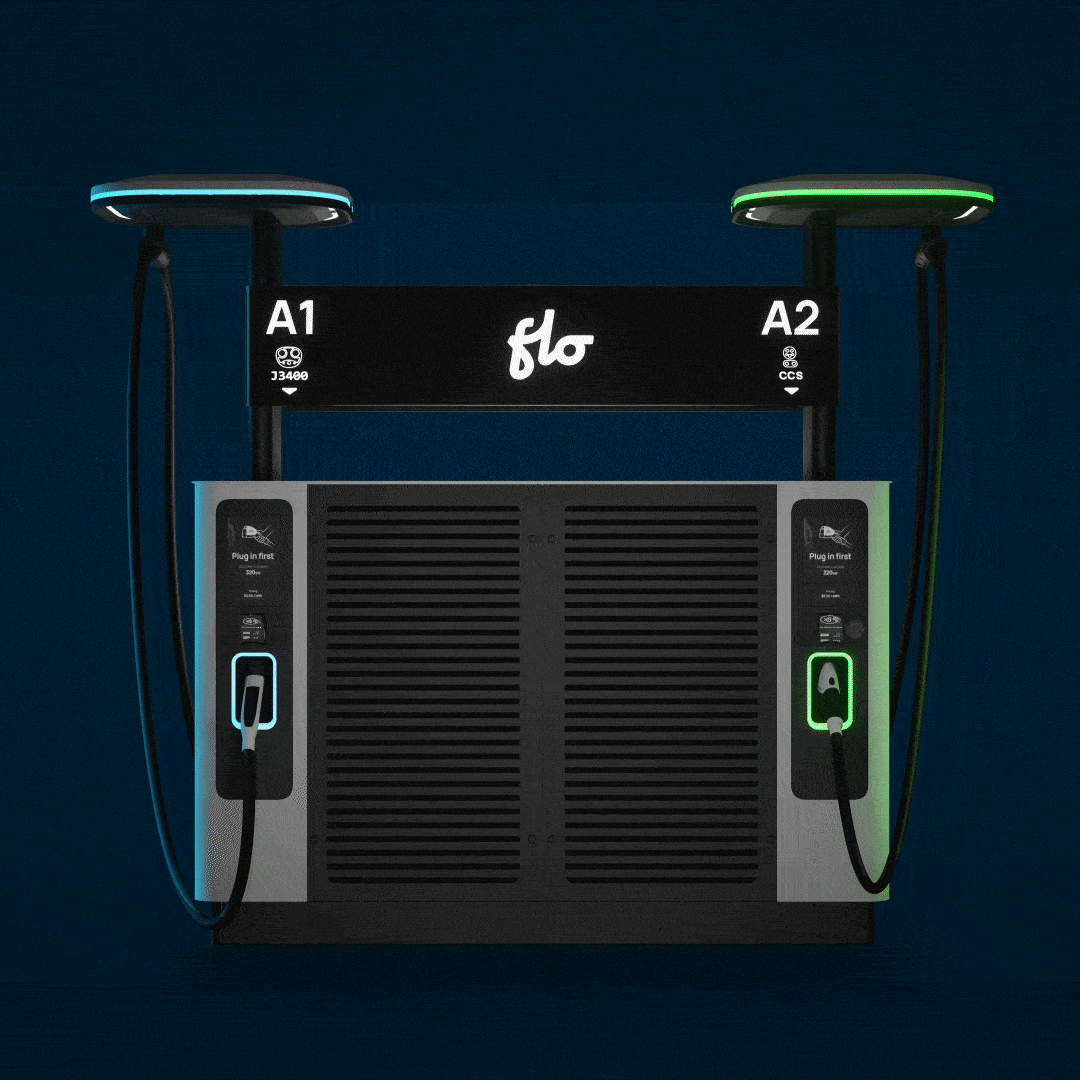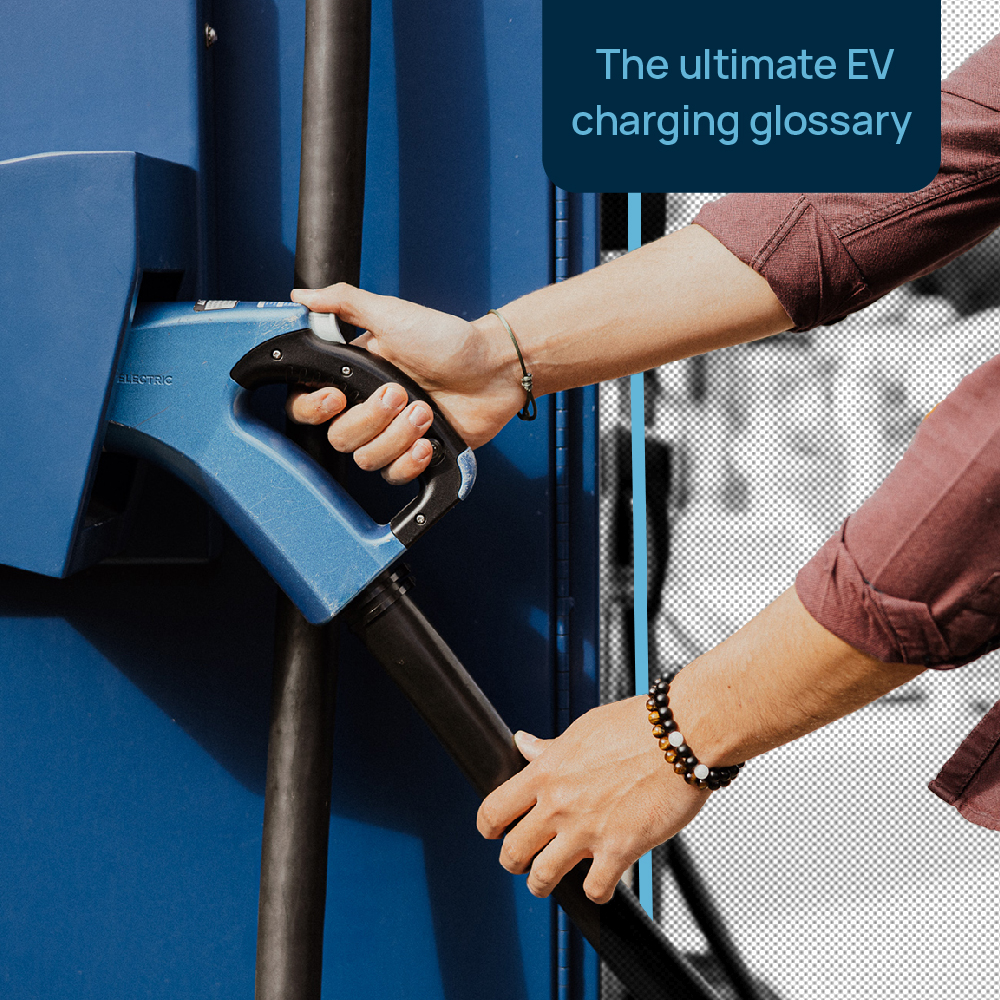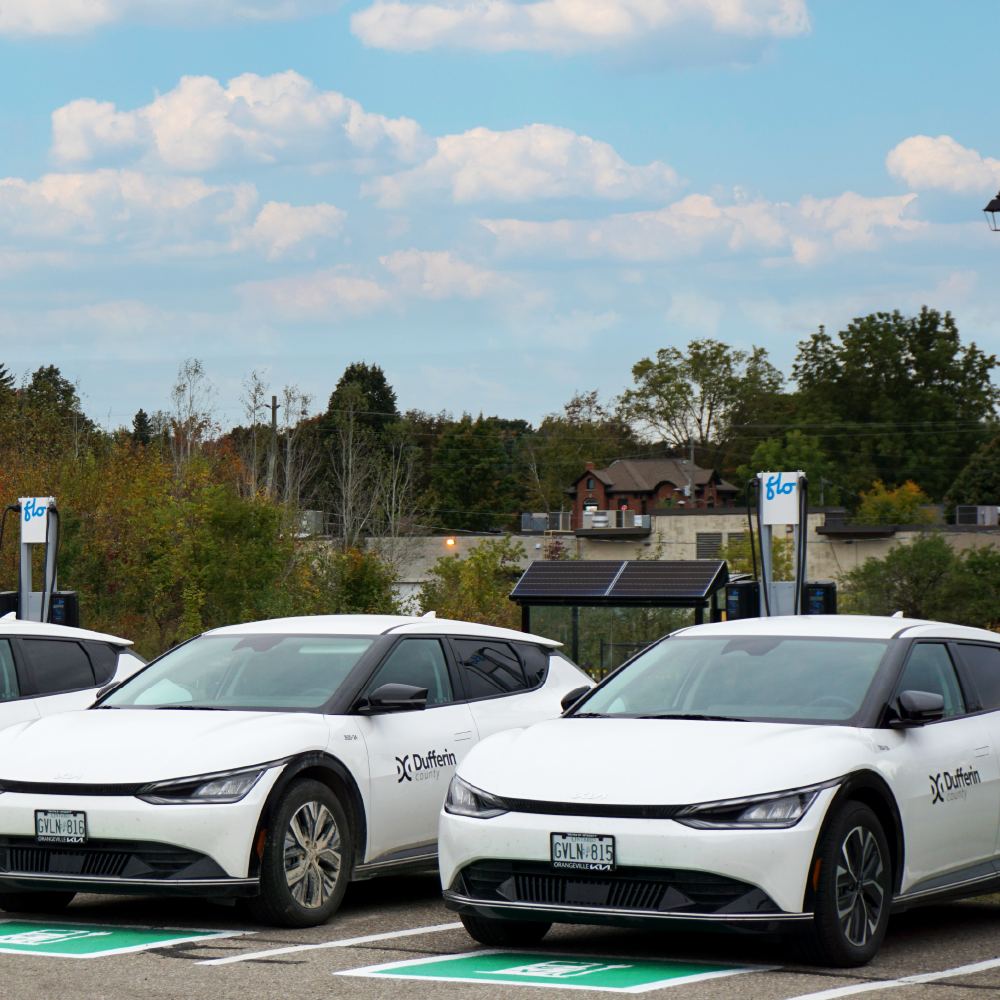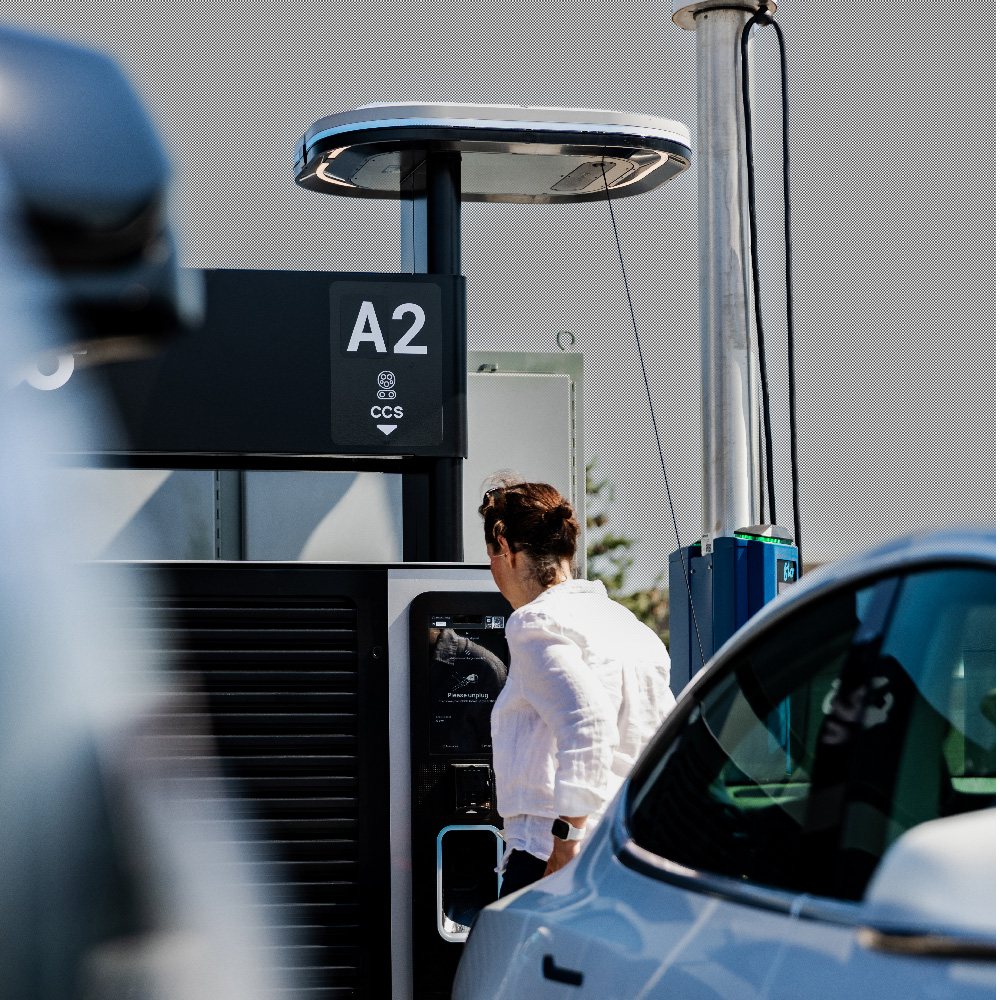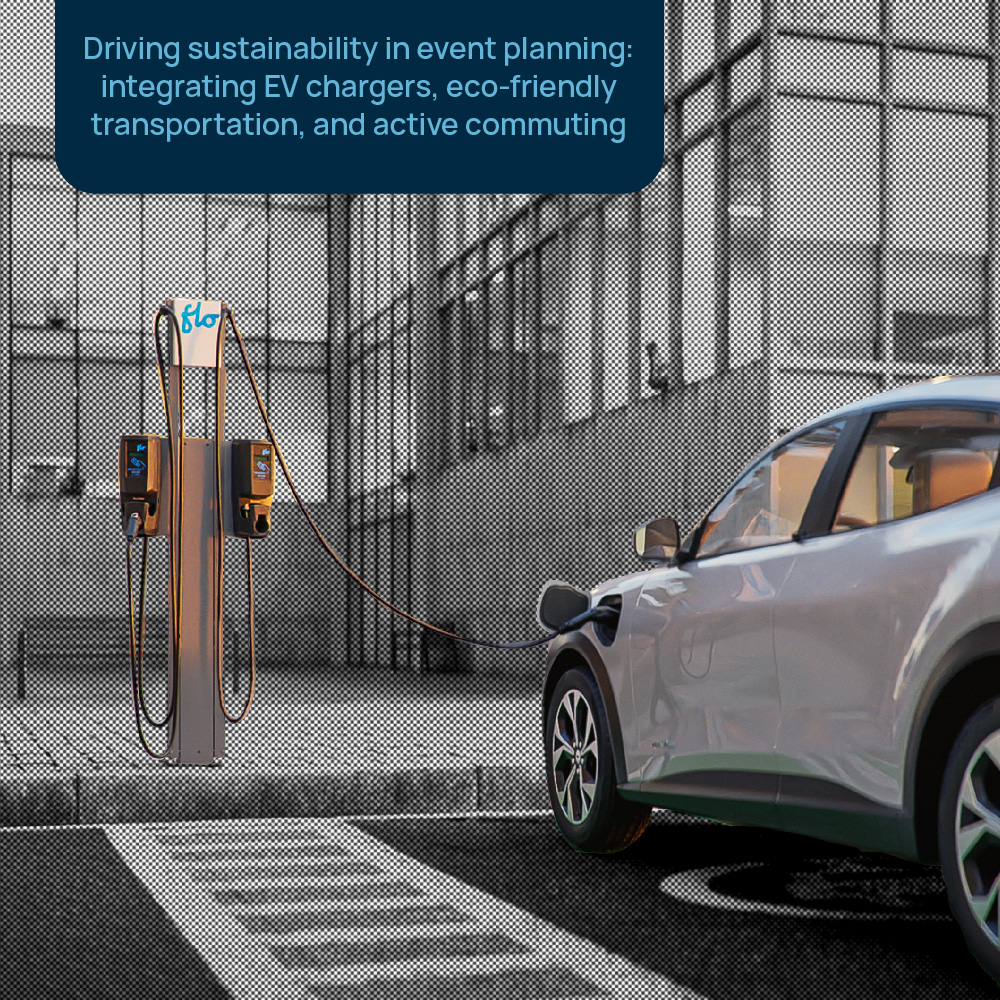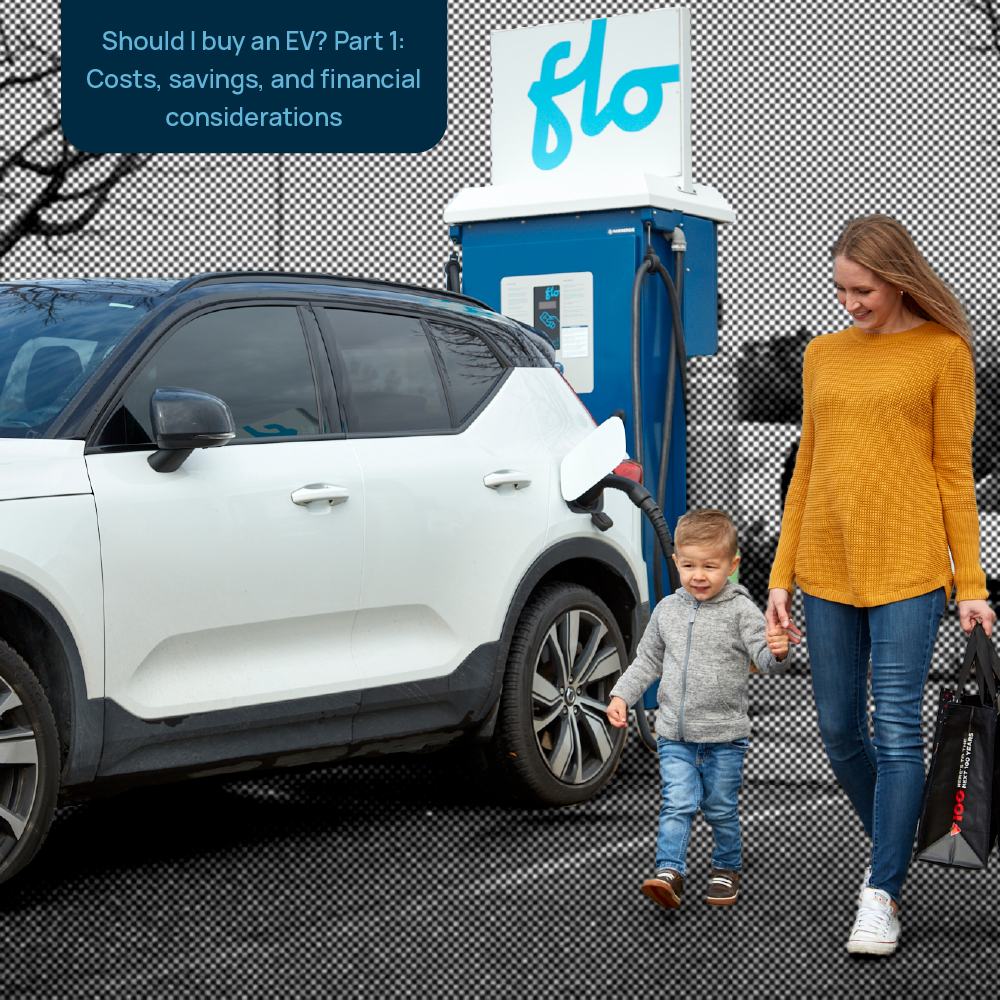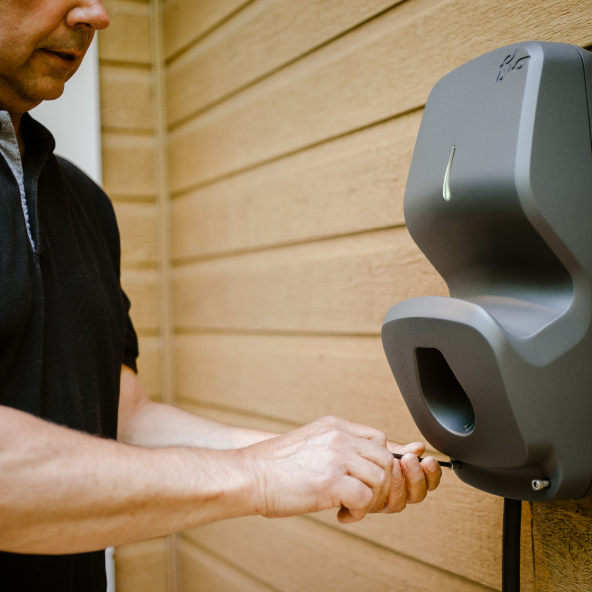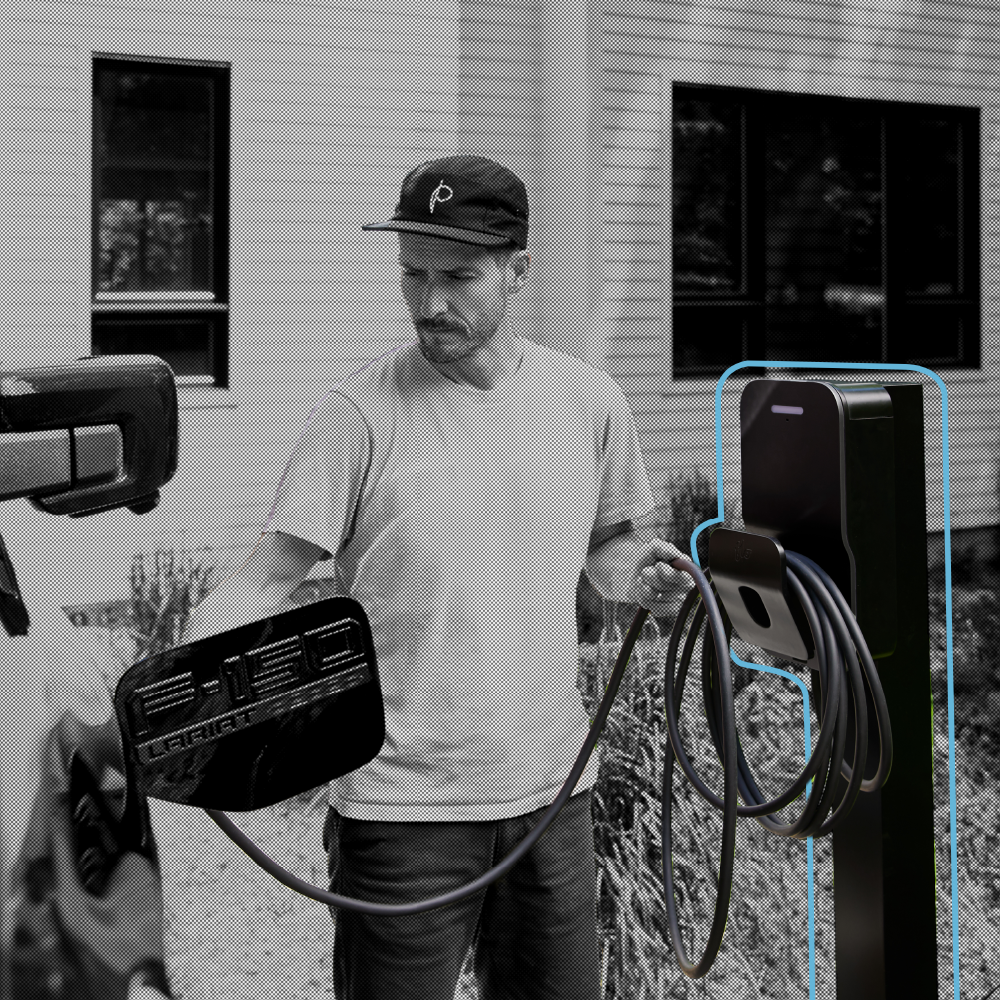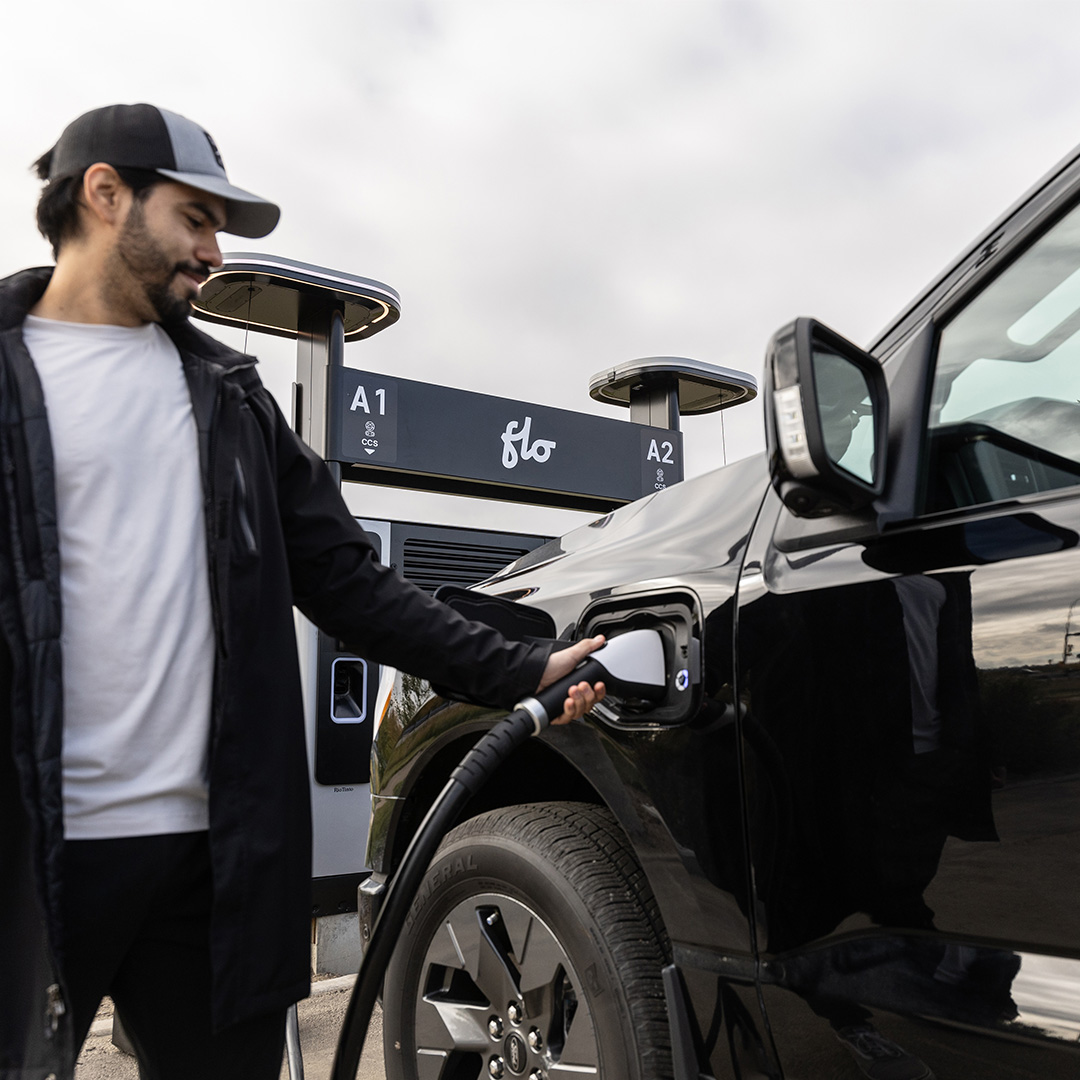- For EV Drivers
- For Business
- Incentives
- Alberta incentives
- British Columbia incentives
- Manitoba incentives
- New Brunswick incentives
- Newfoundland and Labrador incentives
- Northwest Territories incentives
- Nova Scotia incentives
- Nunavut incentives
- Ontario incentives
- Prince Edward Island incentives
- Quebec incentives
- Saskatchewan incentives
- Yukon incentives
- Products
- Insights
- Company
- Shop now
Electric vehicle essentials: the ultimate EV charging glossary for new drivers
Embarking on your electric vehicle (EV) journey can be thrilling yet filled with new jargon and technologies. Fear not! This handy EV dictionary is here to demystify the world of EVs. Designed for new drivers, it breaks down key terms and concepts in an easy-to-understand format.
Let this guide be your companion in navigating the EV landscape with confidence, turning what may seem complex into clear and manageable knowledge. Welcome to the future of driving!
EV metrics
Range: Range is your EV’s passport to freedom on the road. It tells you how far you can travel on a single full charge. Range varies based on your EV’s battery capacity, your driving style, and even the weather. It’s the key number that helps you plan trips and understand your vehicle’s capabilities in different conditions.
Range anxiety: Range anxiety captures the worry that an electric vehicle might not have sufficient battery power to reach its destination. This concern was more prevalent in the early days of EVs when their driving range was relatively limited. However, with recent advancements in EV technology, modern models now boast ranges comparable to traditional gasoline vehicles, significantly alleviating this anxiety and boosting driver confidence in their EV’s capabilities.
Uptime: Uptime measures how often the charging station is up and running, ready for use. It is the heartbeat of a charging station’s reliability. High uptime means you’re more likely to find a functioning station whenever you need it, ensuring a smooth and convenient charging experience every time.
EV charging connectors
CHAdeMO: A DC fast charging standard from Japan, available in North America, used by some EVs, especially older models from Japanese manufacturers.
CCS (Combined Charging System): A standard that combines a J1772 connector with two additional DC pins for fast charging, widely used in North America for DC fast charging.
J1772 (Type 1 Connector): The current standard connector for level 2 charging electric in North America and compatible with most EVs in the region.
NACS (North American Charging Standard) or J3400: Originally exclusive to Tesla, this connector supports both AC and DC charging with fast charging capabilities. With Tesla opening up its standard, major automakers plan to adopt the NACS (J3400) for their vehicles, paving the way for its broader use and the expansion of compatible charging stations beyond Tesla’s network.
Learn more about connectors here.
Charging power and energy units
Amperage: Imagine amperage as the width of a water hose –the wider the hose or the greater the amperage (measured in Amps or “A”), the more water or current is able to flow through. In EV terms, higher amperage means faster charging as more electricity is flowing to your car’s battery. Many Level 2 charging stations are measured in Amperages, with common ranges from 30-80A.
KW (Kilowatt): Think of a kilowatt as the horsepower of an EV charger, showing its strength. One kilowatt equals a thousand watts. Usually, fast charging stations are measured in KW (e.g. a 50, 100, 150+ KW station). The higher the kilowatts, the more powerful the charger, meaning quicker charging for your EV. Bonus fun fact: you can calculate the KW by multiplying Amps X Volts (see below) and dividing by 1,000.
KWH (Kilowatt-hour): This is like the fuel tank of your EV, measuring the energy it can hold. Like the calories in a banana, a kWh refers to the energy that is stored in the vehicle’s battery and can be used to power the car. On average, 1 kWh is enough energy to drive approximately 5 km.
Voltage: Voltage is the pressure that pushes electric current through a wire, much like the water pressure in a hose. Measured in Volts or “V”, it decides how much energy can be pushed to your EV’s battery. Higher voltage can charge your car faster, similar to how higher water pressure can fill a bucket more quickly. Common residential charging stations are 208/240V, similar to what is used by many clothes dryers or ovens.
Charging station types and features
DC Fast charger: Picture this as the sprinter of EV chargers. It provides a burst of high power, significantly speeding up your EV’s charging process. It’s like using a fire hose instead of a garden hose – you get a lot more power in much less time, allowing you to quickly top up your battery and get back on the road.
EVSE (Electric vehicle supply equipment): Commonly referred to as a “charger”, this is the correct technical term to refer to the hardware or equipment that delivers electrical power to charge an electric vehicle (EV). Essentially, EVSE is the system that safely connects an EV to a power source and ensures the correct charging current is supplied. It includes not just the physical charging station but also the associated cables, connectors, and protective devices. EVSE plays a critical role in ensuring that charging is done safely and efficiently, adhering to standardized protocols for electrical connections and communication between the vehicle and the charger.
Hardwire: This is when your EV charger becomes a permanent part of your home’s electrical system. It’s like having a built-in appliance rather than something you plug in – typically used for more powerful chargers that need a stable and robust connection. Hardwired charging stations have to be installed by a certified electrician.
Level 2 charger: This is the middle ground in EV charging – faster than your standard home outlet but not as speedy as a DC fast charger. Level 2 chargers can be installed at home or in public spaces. They require a 240-volt supply (like what your dryer uses).
NEMA (National Electrical Manufacturers Association): Imagine NEMA as the rulebook for electrical fittings in North America. It sets the standards for plugs and outlets, including those for EV chargers.
Power limiting: When too many devices demand power, this feature dials back the charger’s output to prevent tripping a breaker, similar to how a traffic light controls the flow of cars to prevent congestion.
Power sharing: A feature allowing multiple chargers to share the same electrical circuit, optimizing power usage in areas with multiple EVs charging. The chargers share the available power, adjusting dynamically to ensure each EV gets charged efficiently without overwhelming the electrical system.
Smart charger: Equipped with internet connectivity, it lets you schedule charging periods and track energy usage right from your phone, giving you control and insights into your EV’s charging habits. Smart chargers can also help utilities run programs to mitigate the impact of charging on the electrical grid (and provide incentives to drivers to participate).
Type 4X: A designation for the level of protection provided by an electrical enclosure (the box protecting your charger), indicating resistance to elements like dust and water. To earn this rating, the enclosure must withstand rigorous testing to ensure it is robust, durable, and capable of handling challenging outdoor conditions. Not all charging stations have this rating, so buyer beware!
Vehicle charging technology
AC (Alternating current): AC is the common type of electricity in homes and public charging stations. It flows in a back-and-forth motion. Before your EV can use this energy, it must be converted into DC by the onboard converter. EVSE (defined above) dispense AC energy, so it has to be converted by an onboard converter in your vehicle before charging your batteries.
Charging port: The charging port on your EV is the direct gateway for energy. It’s where you plug in the charging cable. To ensure seamless charging experiences, it’s crucial to know the type of connector your port uses. This knowledge helps you easily identify compatible charging stations, keeping you charged up and ready to go.
DC (Direct current): DC power moves in a single, straight direction. It’s the type of current dispensed by DC fast chargers, providing a direct and rapid boost to your EV’s battery, making it ideal for quick top-ups and getting you back on the road in less time.
Onboard converter: This device in your EV works like a translator, turning the AC (Alternating Current) from the charging station into DC (Direct Current) that your car’s battery can use.
Regenerative braking: A feature in electric and hybrid vehicles that can recapture energy normally lost during braking. It converts kinetic energy into electrical energy, which is then stored in the vehicle’s battery, enhancing efficiency and extending the driving range. This system makes braking a source of power, not just a means to slow down. Bonus, it can also save wear-and-tear on your brake pads!
Charging network and access
ICEd / ICEing: In the EV world, an ICEd charging station has nothing to do with cold temperatures. It refers to a charger being blocked by an ICE vehicle (Internal combustion engine) – meaning a gas car.
RFID card: These are contactless cards that can be used for access and payment at EV charging stations. Embedded with a unique identifier, they communicate with the station’s reader via radio-frequency identification technology. Users link these cards to their payment accounts and use them when they can’t use the network’s app to activate a station.
Roaming agreement: A roaming agreement streamlines your EV charging experience, like a universal key unlocking access to various networks. With it, you can effortlessly use charging stations across different participating networks, eliminating the hassle of juggling multiple apps or memberships. FLO’s agreements with five networks, providing seamless access to over 95,000 stations, all with the simplicity of a single account.
With these terms and concepts at your fingertips, we hope you feel more equipped to confidently navigate the exciting world of EV driving and charging, and are ready to embrace the future of sustainable transportation. If you think of other terms you want to be defined, leave us a comment on this social media post.

